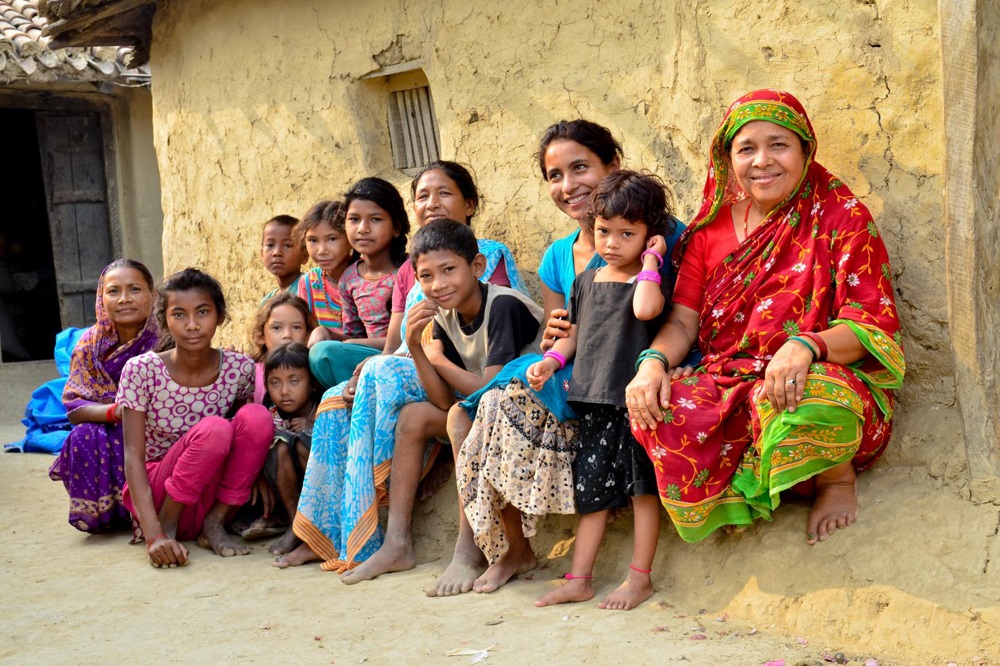
Cervical Cancer Elimination Initiative
Cervical cancer is preventable and curable, as long as it is detected early and managed effectively. Yet it is the 4th most common form of cancer among women worldwide, with the disease claiming the lives of more than 300 000 women in 2018.
Few diseases reflect global inequities as much as cancer of the cervix. Nearly 90% of the deaths in 2018 occurred in low- and middle-income countries. This is where the burden of cervical cancer is greatest, because access to public health services is limited and screening and treatment for the disease have not been widely implemented.
An ambitious, concerted and inclusive strategy has been developed to guide the elimination of cervical cancer as a public health problem.
A global strategy
In May 2018, the WHO Director-General announced a global call for action to eliminate cervical cancer, underscoring renewed political will to make elimination a reality and calling for all stakeholders to unite behind this common goal.
In August 2020 the World Health Assembly adopted the Global Strategy for cervical cancer elimination.
Now is the time to act to eliminate cervical cancer as a public health problem.
Achieving elimination
To eliminate cervical cancer, all countries must reach and maintain an incidence rate of below 4 per 100 000 women. Achieving that goal rests on three key pillars and their corresponding targets:
- vaccination: 90% of girls fully vaccinated with the HPV vaccine by the age of 15;
- screening: 70% of women screened using a high-performance test by the age of 35, and again by the age of 45;
- treatment: 90% of women with pre-cancer treated and 90% of women with invasive cancer managed.
Each country should meet the 90–70–90 targets by 2030 to get on the path to eliminate cervical cancer within the next century.
About cervical cancer
Publications
Events
Knowledge repository
WHO resources
All →Strategic framework for the comprehensive prevention and control of cervical cancer in the Western Pacific...
The Western Pacific Region accounts for one-fourth of the global cervical cancer burden, and approximately 90% of that burden is in lower-middle-income...
Self-care interventions: human papillomavirus (HPV) self-sampling as part of cervical cancer screening...
Self-care interventions are evidence-based, quality drugs, devices, diagnostics and/or digital products which can be provided fully or partially outside...
Realization of Sexual and reproductive health and rights (SRHR) requires provision of comprehensive, people-centred services, that address the different...
Human papillomavirus (HPV) nucleic acid amplification tests (NAATs) to screen for cervical pre-cancer...
This policy brief focuses on the use of and the differences between HPV DNA-based and HPV mRNA-based molecular nucleic acid amplification tests...
Country costing plans
Access, pricing, and procurement
HPV vaccines
Screening and treatment for precancer
* This resource lists technologies as of 2019 for screening, triage and treatment of cervical cancer
Get involved

Women and girls
- Get vaccinated: 2 HPV vaccine doses are recommended for adolescent girls aged 9–14.
- Get screened: all adult women should undergo periodic cervical cancer screenings.

Community groups
- Educate women and girls about the benefits of vaccination, screening and treatment.
- Establish community-based approaches to reach vulnerable people, such as adolescent girls who are not in school.

Health care professionals
- Advocate for accessible and affordable screening and treatment services, and integrate these services into the primary care package.
- Track patients throughout the continuum of care to ensure that they are being being successfully tested, diagnosed and treated.

Governments and policy-makers
- Secure sufficient and affordable HPV vaccines, and collaborate with the public and private sectors to increase vaccine coverage.
- Develop national cervical cancer management guidelines, as well as robust monitoring systems, including population-based cancer registries, to keep track of progress.
Survivor stories
Stories from countries
Partner story























